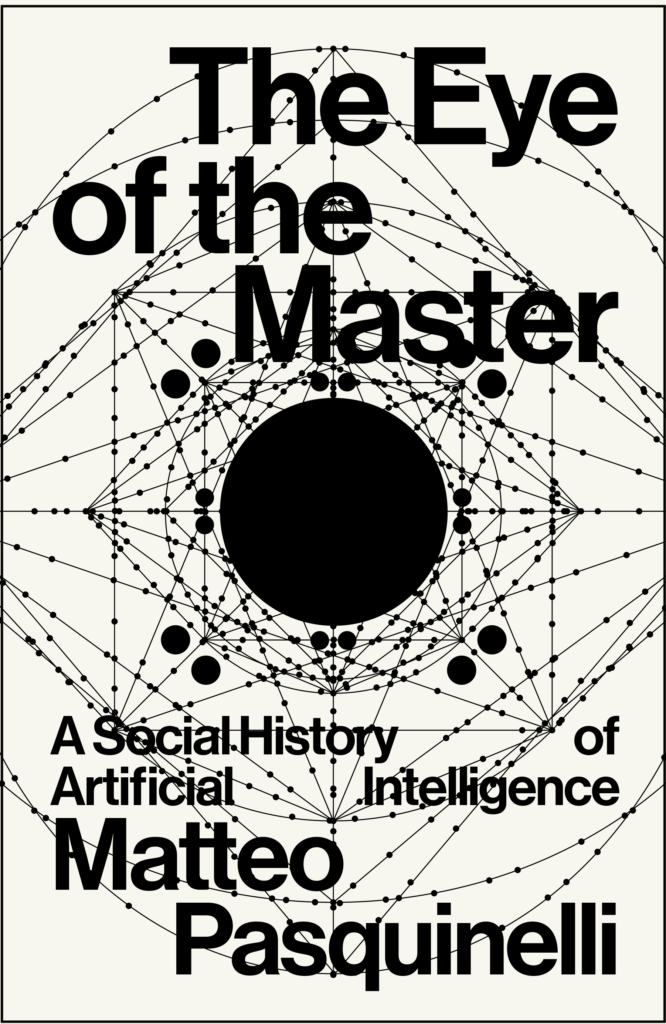The text of my talk at Transmediale 2015 can be read → here.
Algorithmic vision is about the understanding of vast amount of data according to a specific vector: it may be about common patterns of behavior in social media, suspicious keywords in surveillance networks, buying and selling tendencies in stock markets or the oscillation of temperature in a specific region of the planet. The eye of the algorithm blindly records emerging properties and forecasts tendencies out of large data set. Such procedures of computation are pretty repetitive and robotic and they generally operate along two main functions: pattern recognition and anomaly detection. The two epistemic poles of pattern and anomaly are the two sides of the same coin of algorithmic governance. An unexpected anomaly can be detected only against the ground of a pattern regularity. And conversely a pattern emerges only through the median equalization of different tendencies. Here mathematics starts to resound immediately as a new epistemology of power.



